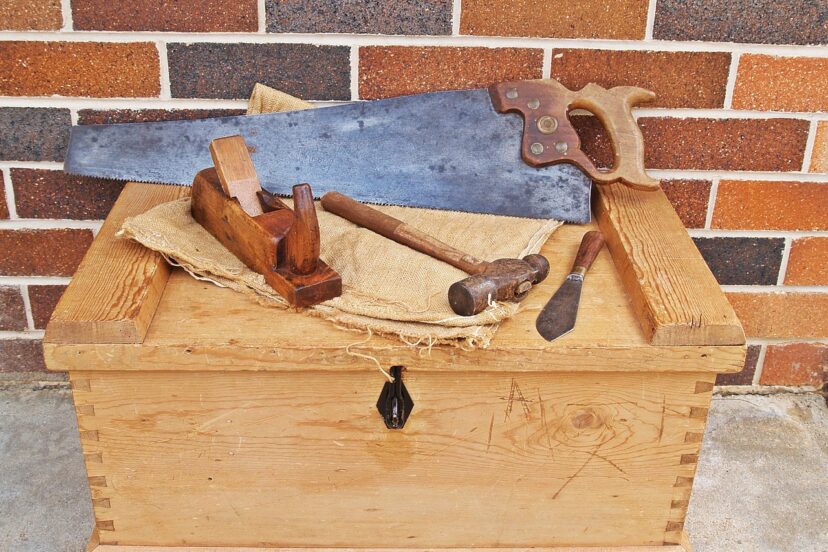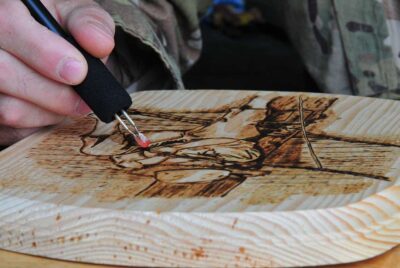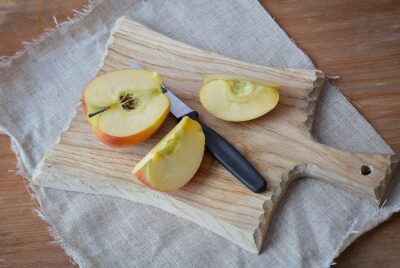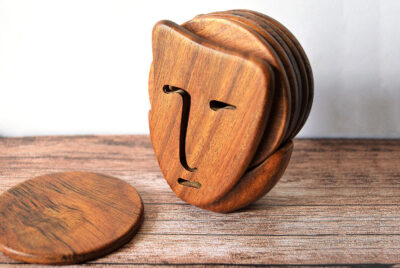Woodworking Tools: Affordable Tools That Deliver Big Results
Introduction
Woodworking is one of the most satisfying hobbies out there, but let’s be honest—tools can get expensive fast! The good news? You don’t need to spend a fortune to build quality projects. Many affordable woodworking tools perform just as well as their pricey counterparts. In this guide, I’ll walk you through some budget-friendly tools that deliver big results, where to find them, and how to maintain them.
Why You Don’t Need to Spend a Fortune on Woodworking Tools
There’s a common misconception that only expensive tools can create great woodworking projects. That couldn’t be further from the truth! While premium tools have their advantages, many affordable alternatives work just as well. The key is knowing what to look for—durability, functionality, and ease of use. When chosen wisely, budget-friendly tools can produce professional-looking results.
Essential Affordable Woodworking Tools for Every DIY Enthusiast
Tape Measure – Accuracy on a Budget
Ever tried to “eyeball” a measurement and ended up with a wobbly, lopsided mess? Trust me, I’ve been there. That’s why a good tape measure is non-negotiable. The best part? You don’t need to splurge. A solid 25-foot tape measure with easy-to-read markings and a sturdy locking mechanism will do the trick. If you can find one with a magnetic tip, even better—it makes solo measuring way less frustrating. Remember, in woodworking, precision is everything, and a reliable tape measure keeps your projects looking sharp instead of looking like a DIY disaster.
Claw Hammer – More Than Just Nails
A claw hammer is like the Swiss Army knife of woodworking—sure, it’s made for driving nails, but it does so much more. Ever needed to yank out a bent nail, tap a joint into place, or even crack open a stubborn paint can? Yep, your trusty hammer can handle all that. Look for one with a comfortable grip and a balanced weight (not too heavy, not too light). Wooden or fiberglass handles absorb shock well, making long projects less tiring on your hands. A good claw hammer is one of those tools you’ll use in just about every project, so it’s worth getting one that feels right in your hand.
Chisels – Small but Mighty
Chisels may not seem like the star of the show, but trust me, they’re the unsung heroes of fine woodworking. Whether you’re carving out joints, cleaning up edges, or adding detailed designs, a sharp chisel makes all the difference. The best part? Even budget-friendly chisels can perform like champs if you keep them sharp. A good starter set should have at least three sizes—small, medium, and large—so you’re ready for any project. And don’t forget to store them properly! Dull or damaged chisels won’t do you any favors, so a little maintenance goes a long way.
Handsaw – The Classic That Never Fails
With all the fancy power tools out there, you might think a handsaw is old-school—but don’t underestimate it! Sometimes, you just need the control and precision that only a handsaw can give. It’s perfect for quick cuts, detailed work, or when you don’t feel like dragging out the power tools. If you’re only getting one, go for a crosscut saw—it’s versatile and handles most jobs well. And let’s be real, there’s something satisfying about making a perfect cut with just your own strength and a sharp blade.
Power Drill – A Must-Have for Every Woodworker
If there’s one power tool that belongs in every toolbox, it’s a drill. Whether you’re assembling furniture, hanging shelves, or building your first workbench, a good power drill makes life so much easier. But should you go corded or cordless? If you want unlimited power, a corded drill is the way to go. If you like the freedom to move around, cordless is your best bet. Either way, look for one with variable speed settings and a good set of drill bits. Bonus tip? A drill with a screwdriver attachment saves you tons of time (and wrist pain) on assembly projects.
Power Tools That Deliver Big Results Without a Big Price Tag
Circular Saw – Cutting Made Easy
Want to make straight, clean cuts without breaking a sweat? A circular saw is your best friend. It’s way faster than a handsaw and makes cutting through plywood, 2x4s, and other materials a breeze. You don’t need the most expensive model to get great results—just one with a decent motor and a sharp blade. If you’re nervous about handling power tools, start with a guided rail or clamp a straightedge to your workpiece. With a little practice, you’ll be cutting like a pro in no time.
Orbital Sander – Achieve a Smooth Finish
No one likes a rough, splintery surface—especially not on a handmade project. That’s where an orbital sander comes in. It smooths out edges, removes imperfections, and gives your work that professional, polished look. A budget-friendly orbital sander will do just fine, as long as you use quality sandpaper. Start with coarse grit to knock down rough spots, then move to finer grits for that buttery-smooth finish. Trust me, your hands (and anyone who touches your projects) will thank you!
Jigsaw – Perfect for Intricate Cuts
If you want to get creative with curves and shapes, a jigsaw is a must-have. Unlike a circular saw, which is great for straight cuts, a jigsaw lets you maneuver around curves and tight corners with ease. It’s perfect for decorative projects, custom furniture, or even cutting holes for outlets in wood panels. Want smooth, splinter-free cuts? Use the right blade—fine-tooth blades are best for clean edges, while rougher ones power through thick material fast.
Must-Have Accessories to Improve Your Woodworking Experience
Workbench – The Foundation of Your Workshop
A sturdy workbench is like a good kitchen counter—everything happens there. Whether you’re cutting, drilling, sanding, or assembling, having a solid surface to work on makes a world of difference. You can buy one, but if you’re feeling handy, building your own is a great first project. Even a simple DIY workbench with a plywood top and sturdy legs will save you from working on the floor (or worse, your dining table).
Clamps – Holding It All Together
Ever tried gluing two pieces of wood together without clamps? It’s like trying to hold a sandwich together without bread—it just doesn’t work. Clamps keep things steady while glue dries, help secure pieces when cutting, and basically act as an extra set of hands when you need them. Start with a few different sizes, and trust me, you’ll wonder how you ever worked without them.
Safety Gear – Protect Yourself Without Overspending
Woodworking is fun, but injuries? Not so much. Safety gear is a must, and thankfully, you don’t have to spend a fortune to protect yourself. A good pair of safety glasses, hearing protection, and a dust mask will keep you safe from flying debris, loud noises, and sawdust inhalation. Trust me, a few bucks on safety gear is way cheaper than a trip to the ER!
Where to Find Affordable Woodworking Tools
Some of the best places to find affordable tools include:
- Online retailers** (Amazon, Home Depot, Harbor Freight)
- Local hardware stores** (Look for sales and clearance items)
- Second-hand stores** (Great for finding gently used tools)
Tips for Maintaining Your Tools to Make Them Last
Taking care of your tools doesn’t have to be a chore, but it’s definitely worth the effort. First, keep them clean—dust and debris can cause rust and dull blades faster. Store them in a dry place (humidity is the enemy of metal tools), and sharpen blades regularly so they stay in top shape. Power tools? Give them a quick check-up every now and then—tighten loose screws, clean vents, and keep batteries charged. Treat your tools well, and they’ll last for years.
Conclusion
Woodworking doesn’t have to be expensive, and you don’t need a fancy workshop to create beautiful, sturdy projects. With the right affordable tools, a little creativity, and some patience, you can build just about anything. The key is to start small, invest in the essentials, and upgrade as you go. Whether you’re making furniture, home decor, or just tinkering with DIY projects, the right tools will help bring your vision to life—without emptying your wallet. Now go grab your hammer and start building!
FAQs
- Can I start woodworking with just a few tools?
Yes! Start with essentials like a tape measure, hammer, and handsaw. You can add more tools as you progress. - How do I know if a budget tool is worth buying?
Check reviews, compare features, and look for durability. Brands like Ryobi and Craftsman offer great budget options. - What’s the best beginner-friendly power tool?
A power drill is the most versatile tool for beginners. It’s useful for drilling, screwing, and even sanding with the right attachments. - How do I keep my woodworking tools from rusting?
Store them in a dry place and wipe them down after use. Using a rust-preventative spray can also help. - Where can I find woodworking project ideas?
Websites like Instructables and Woodworking for Mere Mortals have tons of project ideas.




